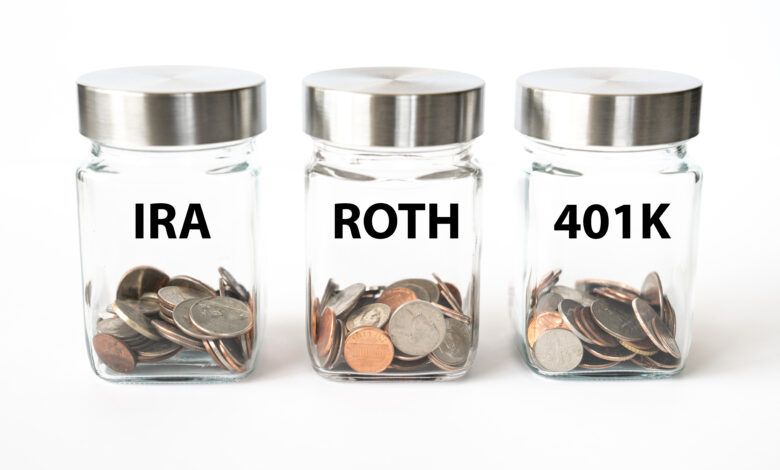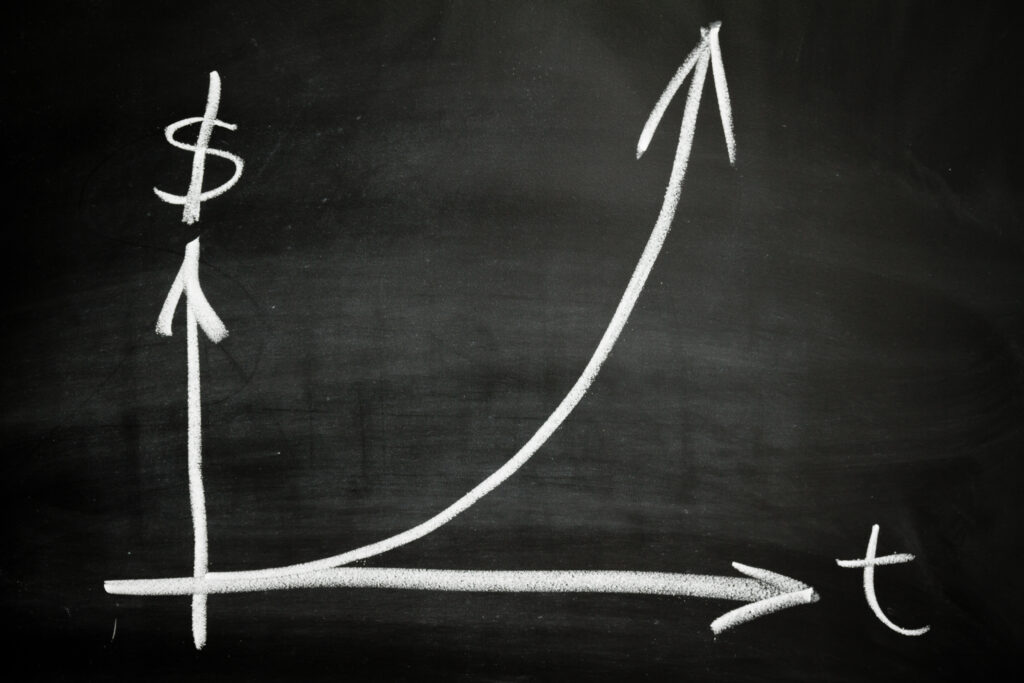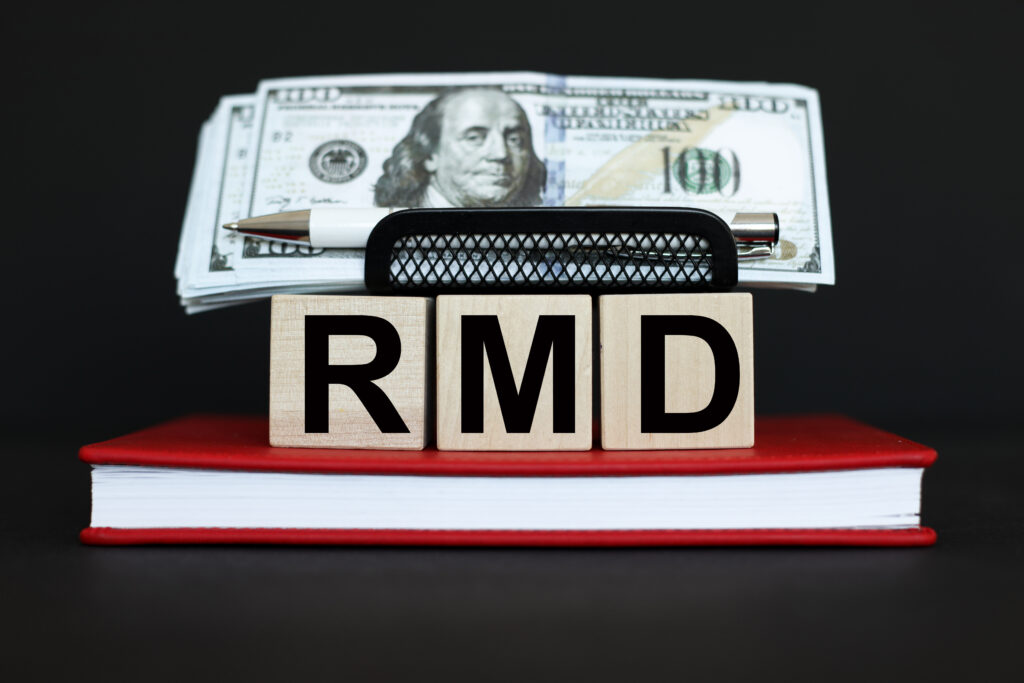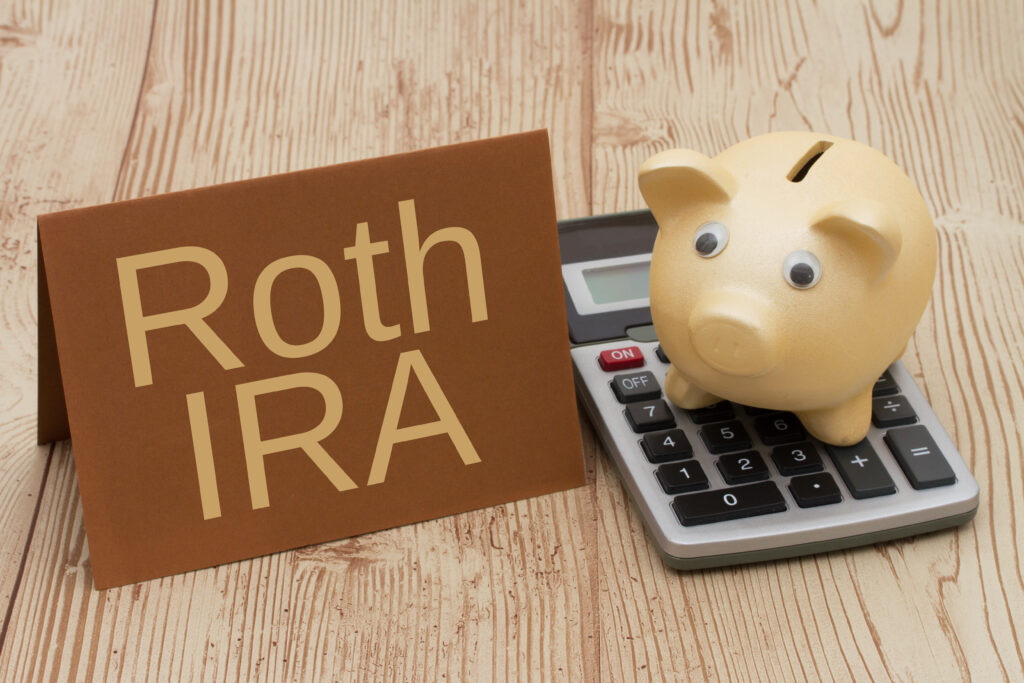Maximizing Roth IRA Growth

A Roth IRA (Individual Retirement Account) stands as one of the most popular and advantageous retirement savings tools available to US investors. Given its tax benefits and flexibility, it offers an attractive option for those looking to bolster their retirement nest egg. But how does a Roth IRA grow? Let’s break down the mechanisms that allow this account to expand over time.
After-tax Contributions

One of the main distinctions of a Roth IRA, when compared to its counterpart—the traditional IRA—is the nature of its contributions. Funds you deposit into a Roth IRA have already been taxed. This means you pay taxes on the money when you earn it, not when you withdraw it during retirement. Such a structure is particularly beneficial if you anticipate being in a higher tax bracket during your retirement years than you are currently. Additionally, this foresight in taxation can prevent potential financial strains in retirement, as the money you access remains constant, without unexpected tax bills.
Compound Interest

The real magic behind the growth of any investment, including a Roth IRA, lies in compound interest. Compound interest is interest earned on interest. With time, the amount you’ve invested makes interest, and then that interest earns its interest in subsequent periods. This continuous cycle leads to exponential growth, especially when you start investing early and give your investments ample time to compound. Over 30 years, this could mean the difference between a sizable nest egg and a financial windfall.
Tax-free Growth

Another advantage of the Roth IRA is its tax-free growth. Since you’ve already paid taxes on your contributions, the earnings within the Roth IRA (like dividends or interest) aren’t subject to annual income taxes. This tax shelter allows the investments to grow uninterrupted, ensuring maximum compounding effect. Moreover, as long as the distributions are qualified, you won’t owe taxes on withdrawals either. This creates a streamlined and stress-free process during retirement, eliminating worries about tax obligations.
Diverse Investment Options

The versatility of a Roth IRA is highlighted by the vast array of investment options it supports. Account holders can choose from stocks, bonds, mutual funds, ETFs (Exchange Traded Funds), and alternative investments. By diversifying investments within the Roth IRA, you can increase returns and minimize risks. This portfolio variety ensures that investors can adjust their strategy based on market dynamics and personal financial goals.
No Required Minimum Distributions (RMDs)

Traditional IRAs mandate account holders to start taking minimum distributions by a certain age, whether they need the money or not. In contrast, Roth IRAs do not have RMDs during the owner’s lifetime. This means the funds can continue to compound tax-free, potentially resulting in a larger nest egg over time. This added flexibility allows retirees to manage their funds based on their needs rather than a government-mandated timeline.
Long-term Strategy

A Roth IRA, by design, encourages a long-term investment approach. Early withdrawals (those taken before age 59½) could be subject to taxes and penalties unless specific criteria are met. As such, most investors are inclined to let their investments mature, reaping the full benefits of long-term growth and compounding. The Roth IRA’s structure inherently encourages and rewards long-term financial planning, prioritizing future financial security.
Making the Most of Your Roth IRA:

To maximize the growth potential of a Roth IRA, consider the following strategies:
- Start Early: The sooner you start, the more time your investments have to compound. Even if you start with small contributions, the magic of compounding can lead to significant growth over decades.
- Regular Contributions: Commit to consistent annual contributions. Even if the market experiences downturns, a consistent investment strategy, often referred to as dollar-cost averaging, can be beneficial in the long run.
- Diversify: Spreading your investments across different asset classes can help manage risks. Creating a diversified portfolio tailored to your risk tolerance and investment horizon is essential.
- Stay Informed: The investment world is dynamic. It helps to stay updated on market trends, economic indicators, and potential tax law changes. Being informed allows you to make timely adjustments to your investment strategy.
In conclusion, a Roth IRA offers a unique blend of tax advantages, growth potential, and flexibility, making it a cornerstone of retirement planning for many. Its power lies in the initial contributions and the compound growth it can achieve over time. By understanding its growth mechanisms and adopting a strategic approach, you can ensure that your Roth IRA is a robust financial pillar in your retirement years.
